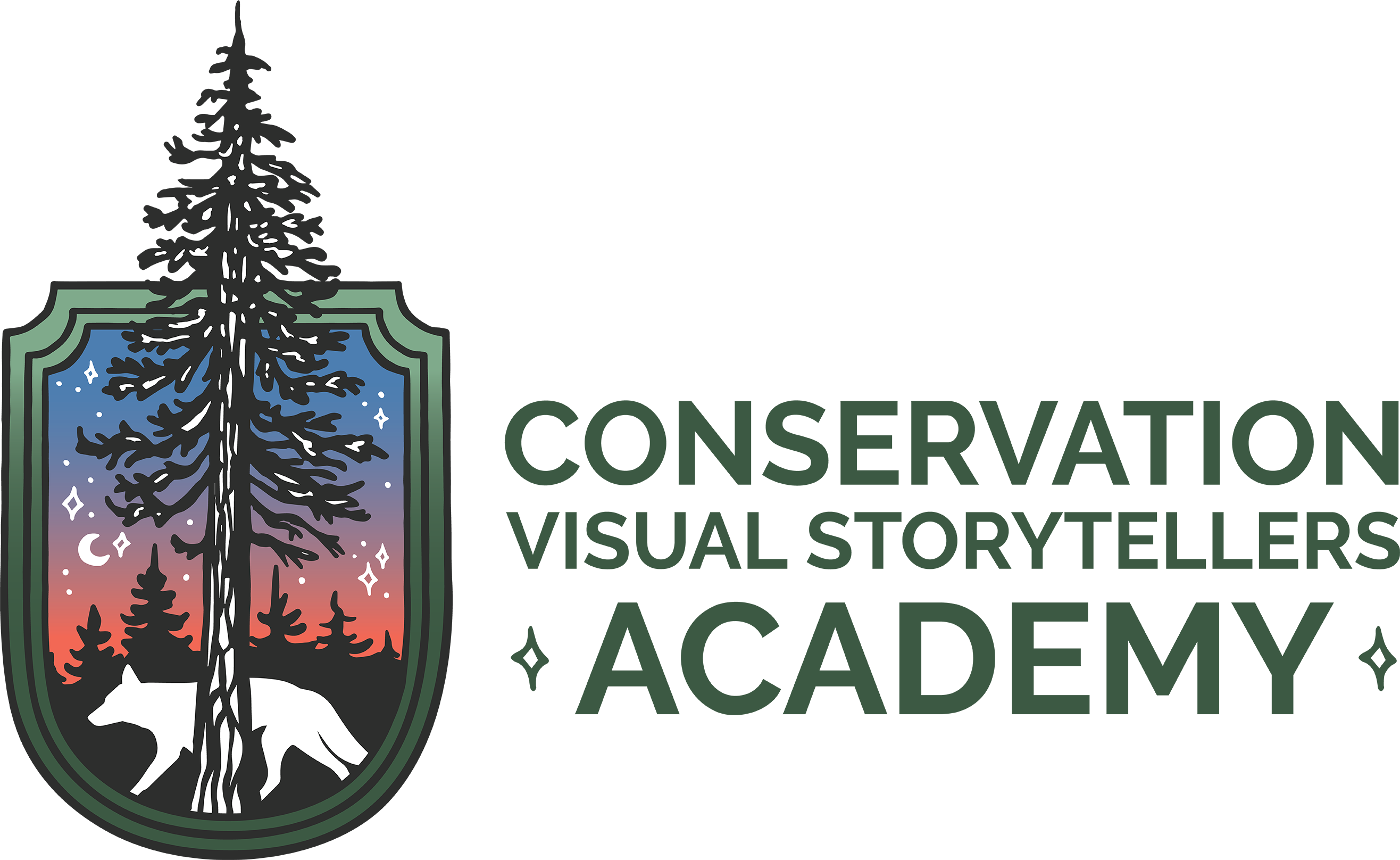River Otters:
Incredible Comeback In California's Bay Area
In early October of 2012, someone spotted a ripple of water in the Sutro Bath ruins at the northern end of San Francisco, a ripple made by an unlikely visitor. A North American river otter had traveled to and set up camp in San Francisco for the first time in over 50 years.
The otter was soon nicknamed Sutro Sam, and drew in legions of curious onlookers as he caught and chomped down fish, gathered reeds for bedding, and groomed or sunbathed on the concrete wall separating the baths from the beach.
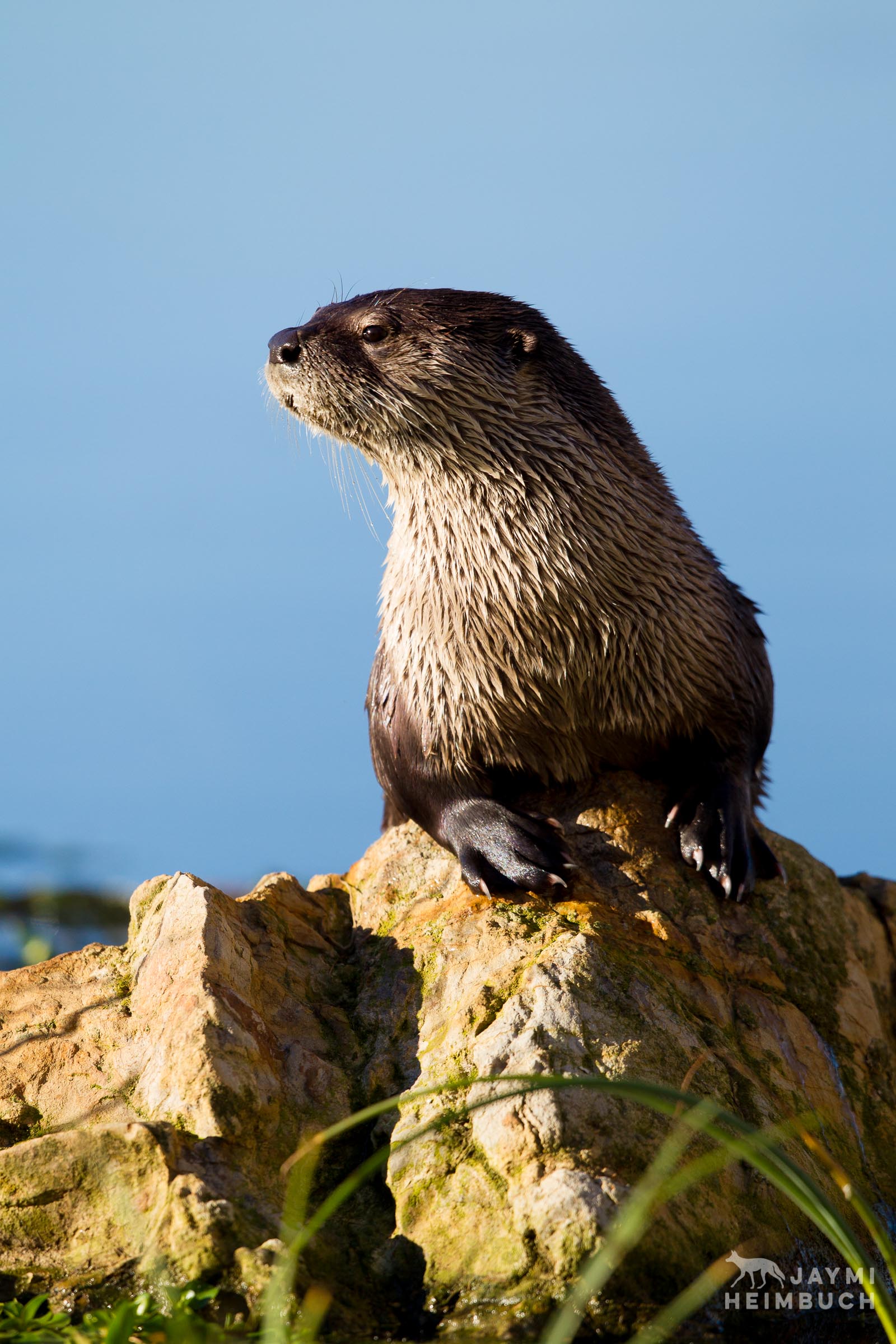
Sutro Sam stayed for several months, until he had devoured all the big carp that had, until his arrival, called the baths home. He hunted in the ocean for a bit (which many people including me are surprised to learn river otters can do) but finally moved on entirely.
Still, even though his stay was relatively short, he made an incredible impression on city residents, many of whom had never seen a river otter before outside of the zoo — not because they aren’t a locally native species, but because their numbers had dramatically declined over the last half-century to the point that they were rarely ever seen anywhere in the Bay Area.
Yet today, there are river otters in waterways throughout the area and their population is once again on the rise. It sounds like an incredible comeback, but just how much of a comeback is it, and where are we in the return to historic numbers? Frankly, we don’t know. There aren’t records to show what populations once were, nor when or how quickly they began to decline.
Megan Isadore, the Executive Director and Co-Founder of the River Otter Ecology Project (ROEP), a nonprofit studying and tracking data on the river otters of the Bay Area, tells me, “We discovered trapping records in the Bay Area before 1962, when otter trapping for fur was banned. However, there was no indication of their abundance, and there are no baseline population abundance records at all. Ours is the first on record. We do know that by 1995, California Department of Fish and Wildlife maps showed no river otters in most of the San Francisco Bay Area. I suspect there were some by then, but river otters are elusive and difficult to spot even when you’re looking for them, so until we began a concerted effort to find them, there were no records.”
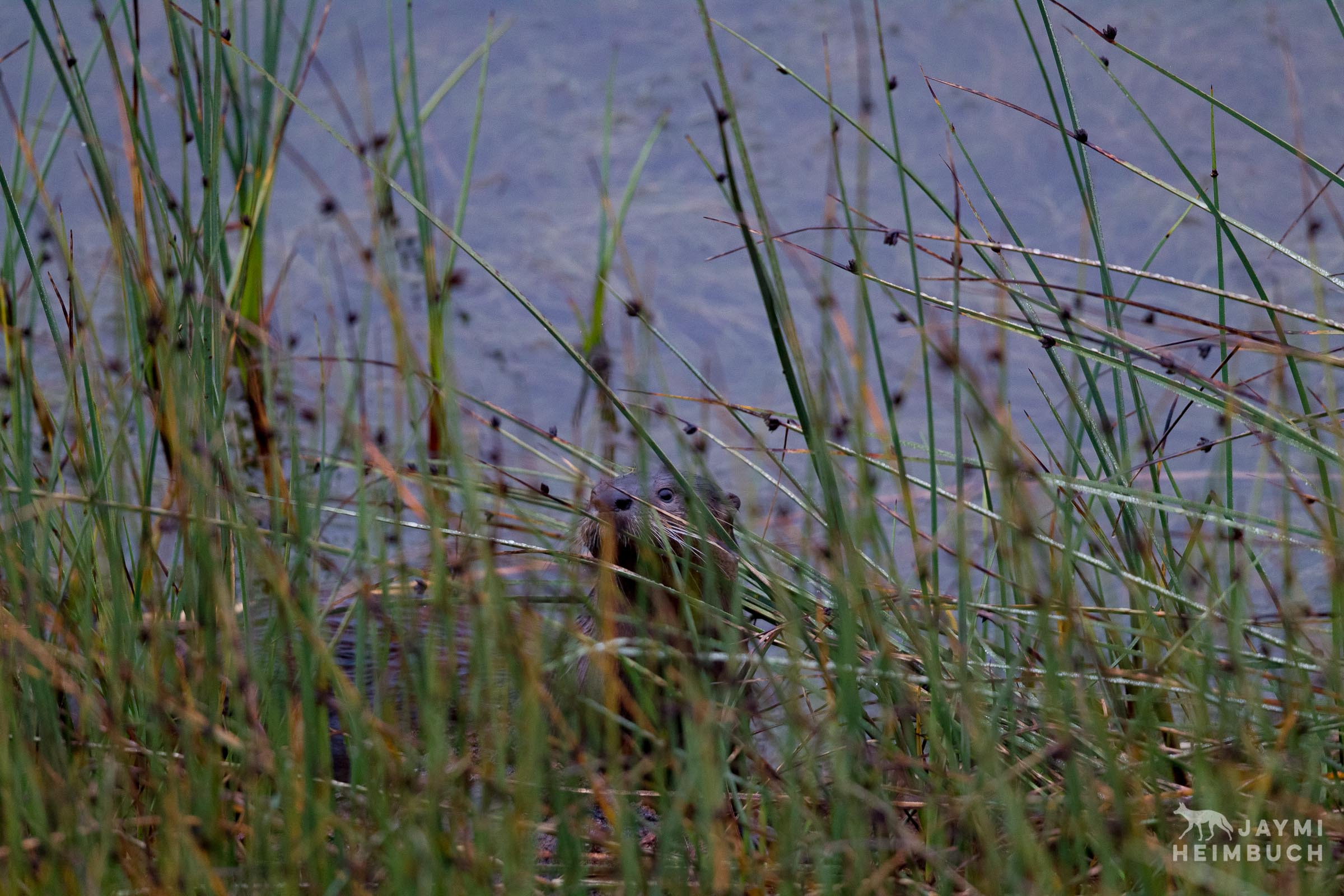
While we don’t know when or how many, we do have a good idea about the why behind the decline. The bay area has been heavily developed on all sides of the bay, stripping habitat away from river otters and myriad other riparian and wetland species. Fur trapping was alive and well until 1962, and river otters have a luxurious coat that was sought after by trappers. Meanwhile, the Clean Water Act wasn’t passed until 1972, and as BayKeeper.org notes, before the CWA, “In the 1960s and early 70s, San Francisco Bay just plain stank. Raw or partly treated sewage entered the Bay in 83 places. Refineries, smelters, pesticide manufacturers and other industrial facilities pumped their waste directly into the Bay.”
Polluted waterways cause a range of problems for river otters, including a loss of fish and other aquatic prey, exposure to toxins, and the bioaccumulation of heavy metals and other toxins in the body through consumption of contaminated prey. As Isadore notes, “Even if these don’t kill them outright, they can have deleterious effects on reproduction and survival of young.”
In short, river otters all but disappeared from the Bay Area. And while we don’t know exactly what the population curve looks like, we do know river otter numbers took a dramatic dip and are thankfully now on the rising end of the U curve.
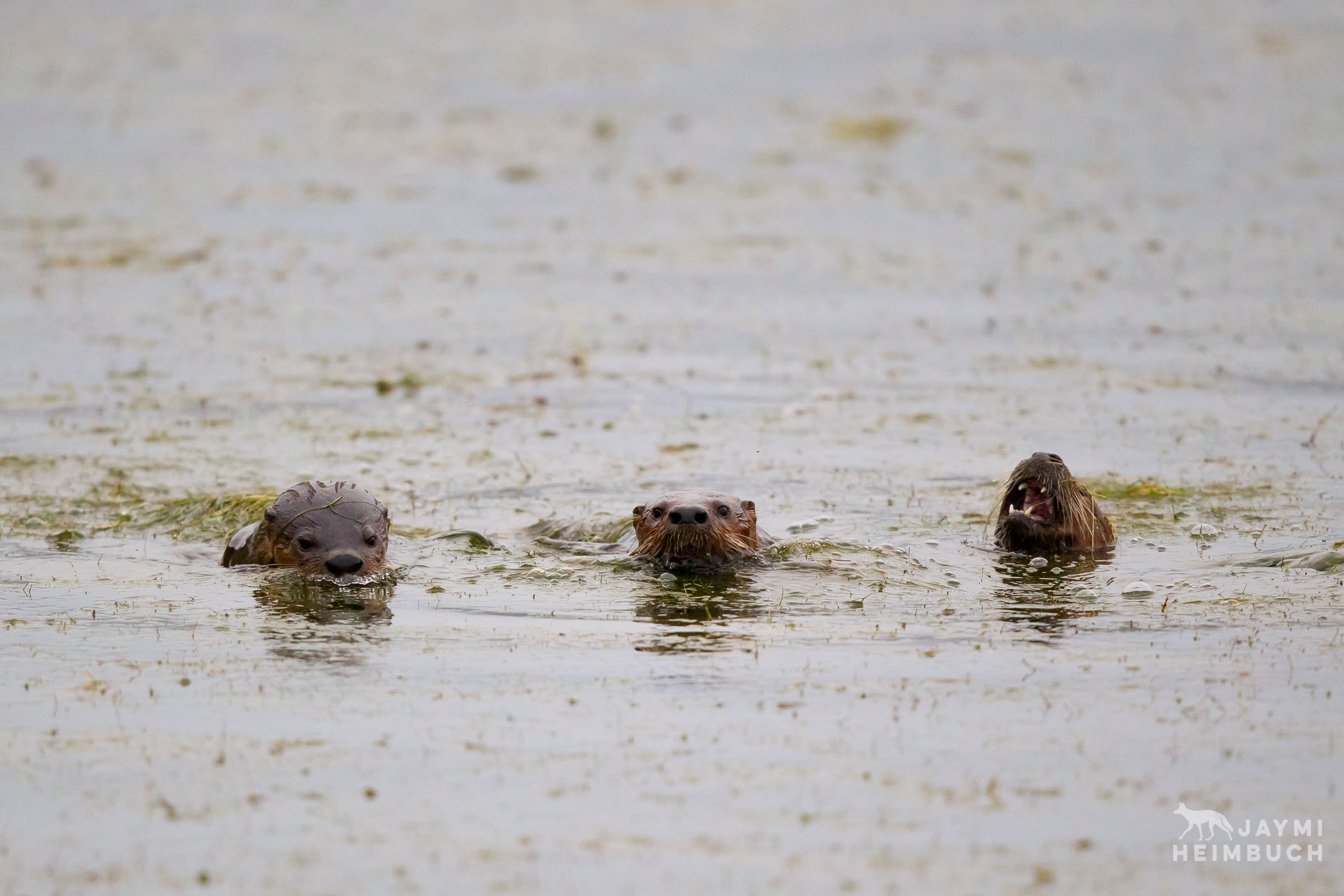
Isadore states, “As far as we know, river otters were first noticed again in Marin in 1998 in Walker Creek in Marin County (personal anecdote from Rich Stallcup, founder of PRBO and well-respected scientist and naturalist). I personally began seeing them in Lagunitas Creek in Marin in 2002, and sightings became more and more common. That’s why we launched ROEP, to find out what their status is in the Bay Area.
“At this point, having placed cameras at, as well as mapped latrine sites and dens over about 100 miles of coast, river and bayland in Marin County we know they are here and reproducing. Our citizen science project has found river otters all over the San Francisco Bay Area, with the exception of the San Mateo coastline.”
That’s one of the reasons why Sutro Sam was extra special. He unwittingly became the host and guest of honor at the welcome-back party for river otters in the Bay Area. His appearance sparked a new level of awareness both for what we had lost and what we are gaining back. This charismatic, charming species is a sign that the waterways are restored to the point of supporting apex predators, and when an ecosystem has apex predators, we know it is in balance.
“What interests me most of all about river otters and about all life,” says Isadore, “is the intricate and beautiful web of interactions that each species takes part in to complete the whole wild planet Earth. For example, river otters eat salmon; they follow them upstream when they come up rivers to spawn. However, river otters also hunt in the eelgrass beds of our local bays, which serve as nurseries for all sorts of small fish, including salmon. When river otters hunt in the eelgrass beds, they frighten away the larger fish that prey on the small nursery fish. Thus otters both prey on and protect salmon. That sort of elegant detail about river otters and all life fills my soul and makes my job endlessly fun, interesting and complicated.”
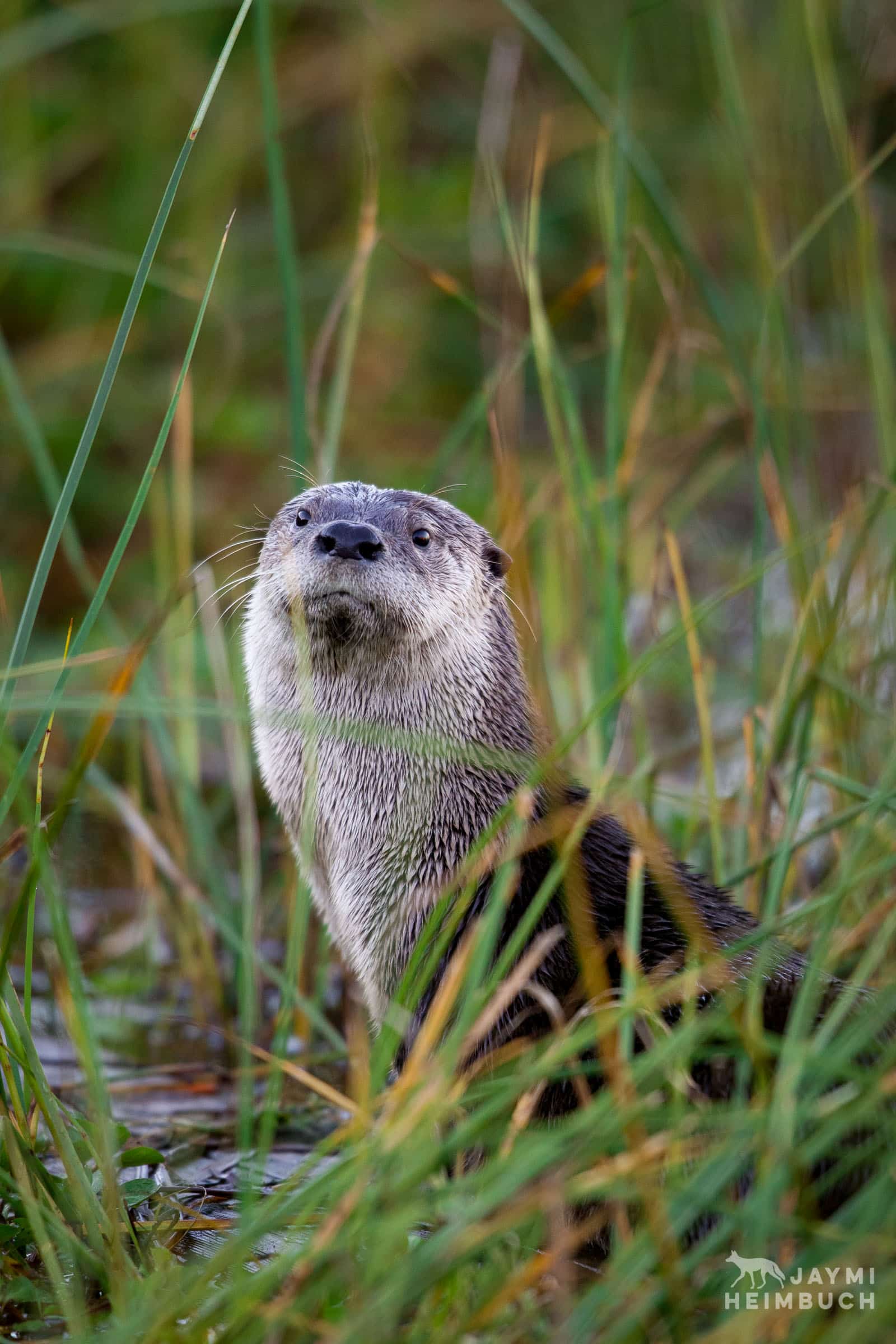
Sutro Sam undoubtedly made Isadore’s job that much more busy. Because Sutro Sam set up home in a place popular with tourists and locals alike, he drew an incredible amount of attention that spread across the country. Isadore became both Sutro Sam’s public relations representative and the spokesperson for otters in the Bay Area. But she of course has no qualms with this.
Isadore tells me, “Sutro Sam was a wonderful ambassador for river otters in general, and a great educator! Because once the word got out that this very unusual visitor was living at Lands End, part of the [Golden Gate National Recreation Area], people flocked to see him, many bringing their dogs and kids, some even bringing him offerings of fish. This excited human behavior gave us and the National Park Service a great educational opportunity. We had our ROEP staff as well as Park Service rangers out to educate the public on safe viewing of wildlife, river otters and the importance of healthy watersheds to otters and all of us who live here.”
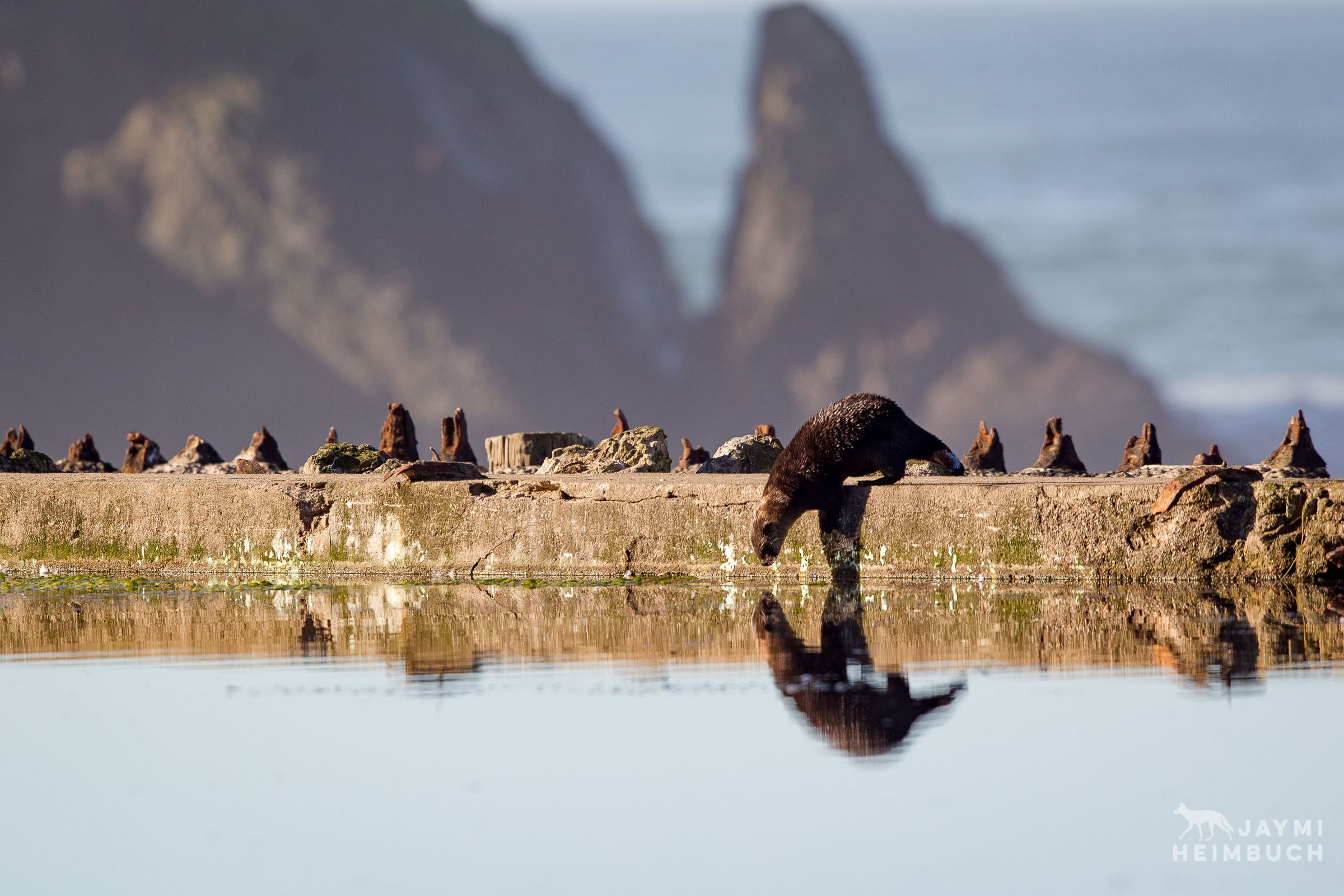
When Sutro Sam left the baths, there was a noticeable drop in excitement around the area. Though the fish, ducks and coots may be cheering, the area seems just that much less complete. Sutro Sam is hopefully off being his rambunctious, otter self somewhere, and hopefully has made friends with some lady otters, helping to boost numbers even more. But his fans in the city miss him.
Isadore says, “Right now, there are no known river otters living on the coast of the San Francisco peninsula, and very few have been spotted on the Bay side. However, there are many in the East Bay and they’re spotted from time to time in the South Bay, so there is no reason to believe they won’t, in time, spread out toward the coast. We’ll be watching!”
Slowly but surely, river otters are returning to the rivers, streams, and lagoons (and bath house ruins ) throughout the Bay Area. Whatever the U curve looks like, their comeback is incredible.
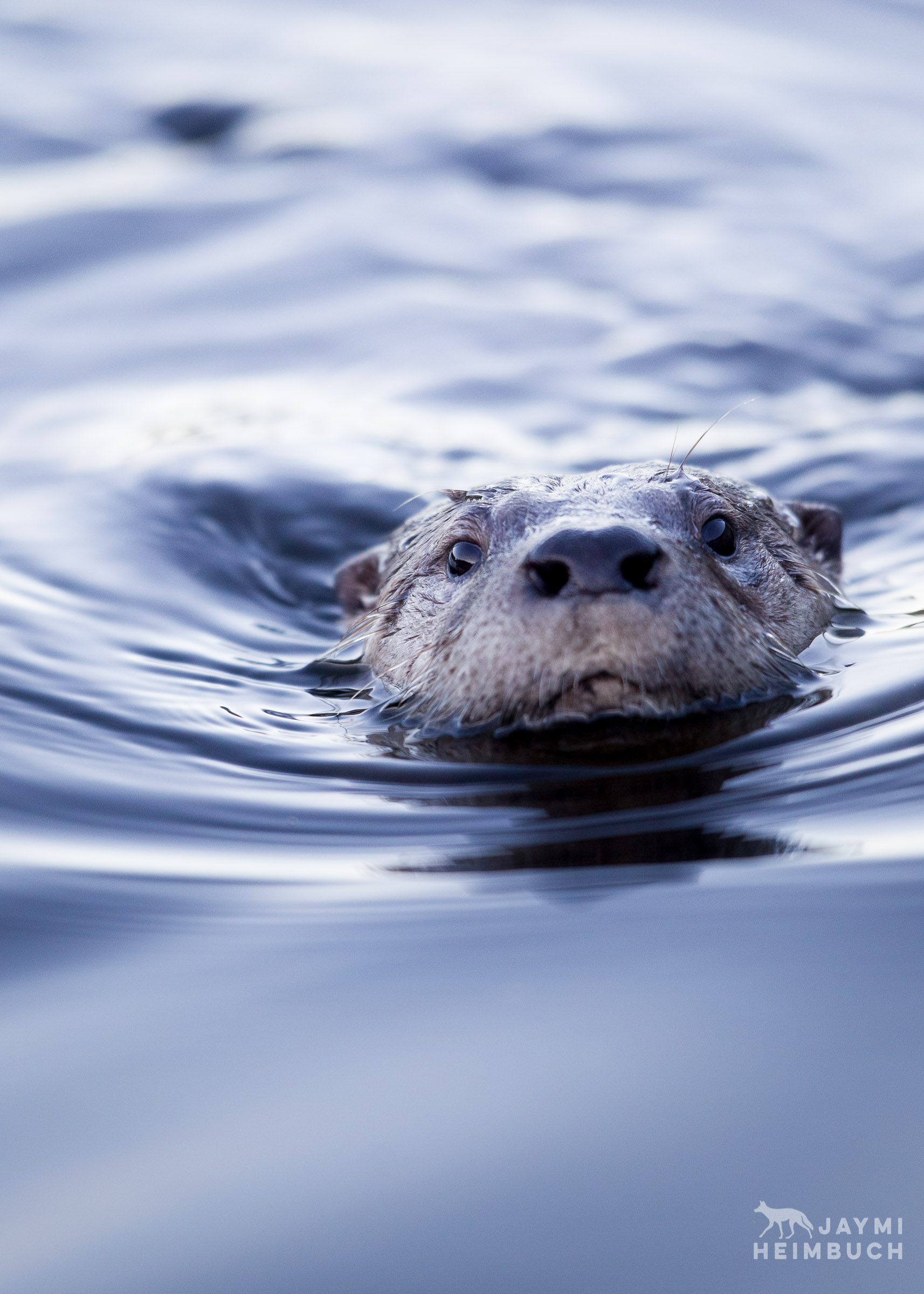
Originally published January 2015
[mashshare]

